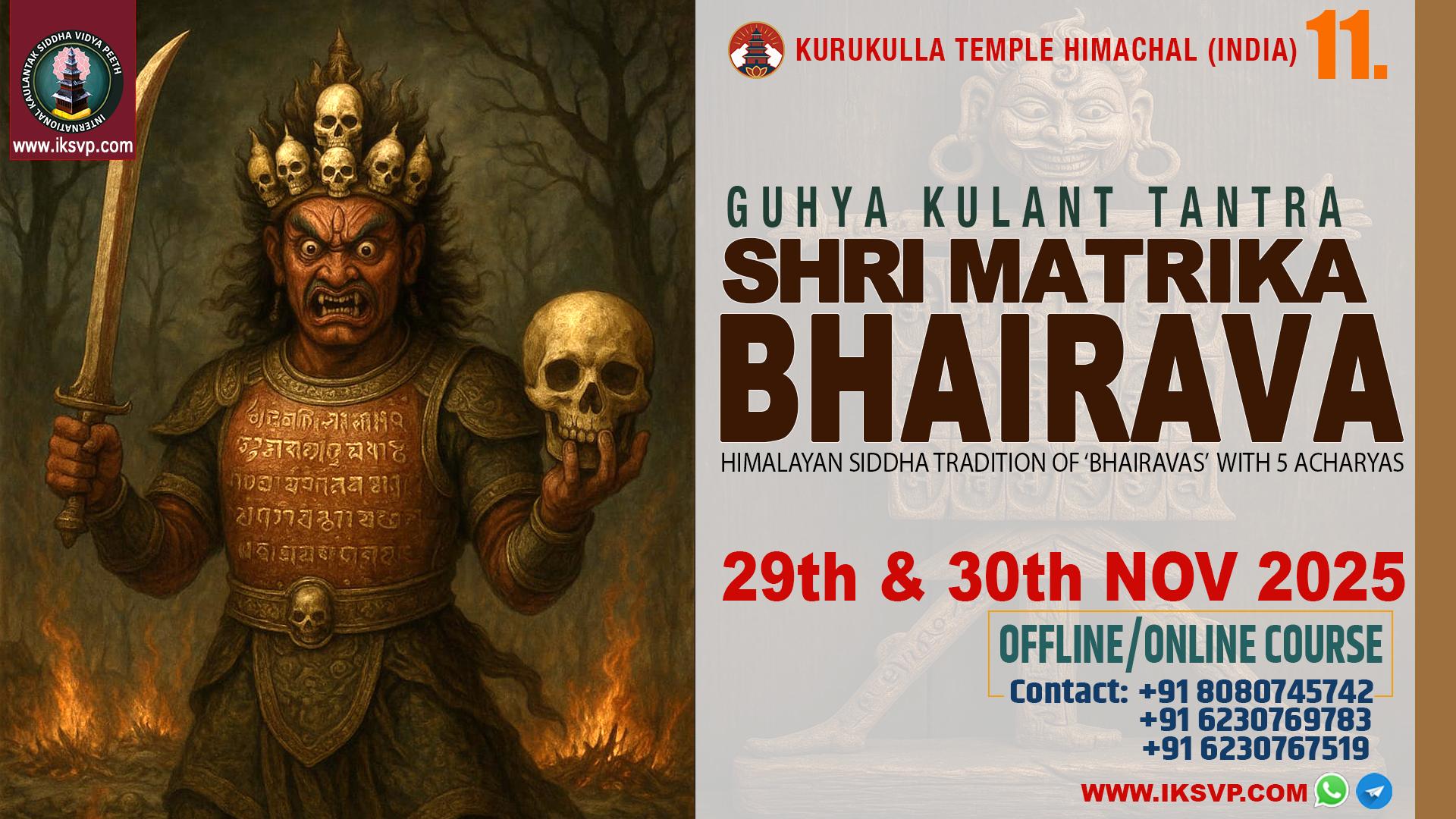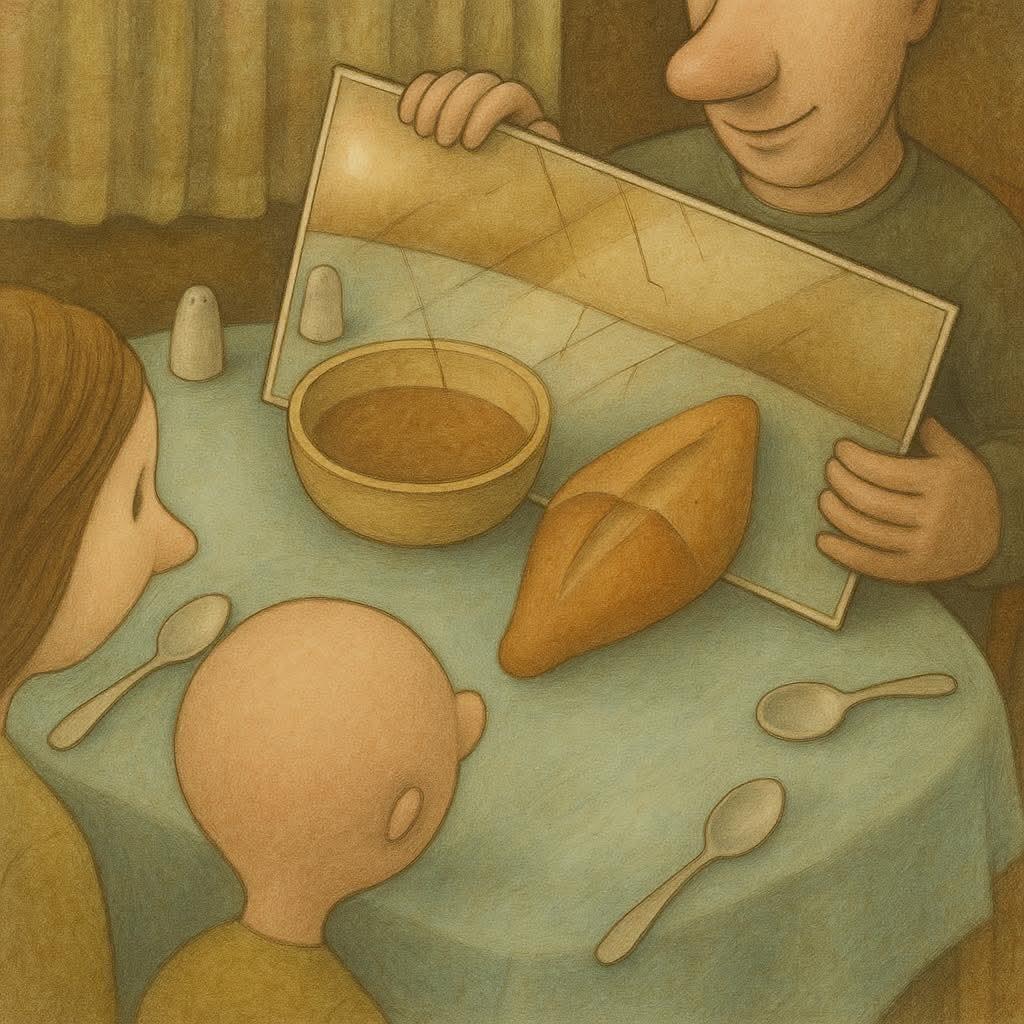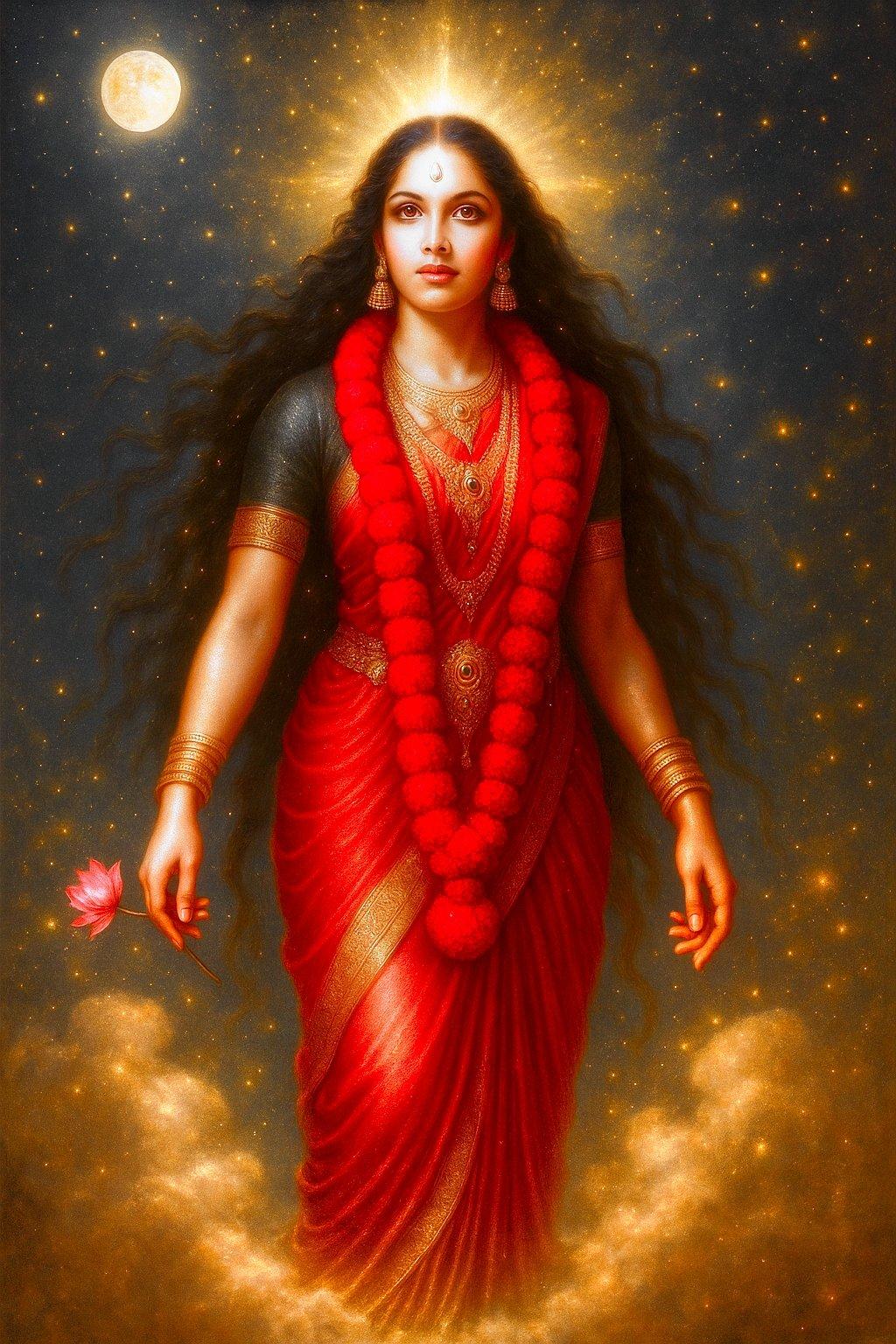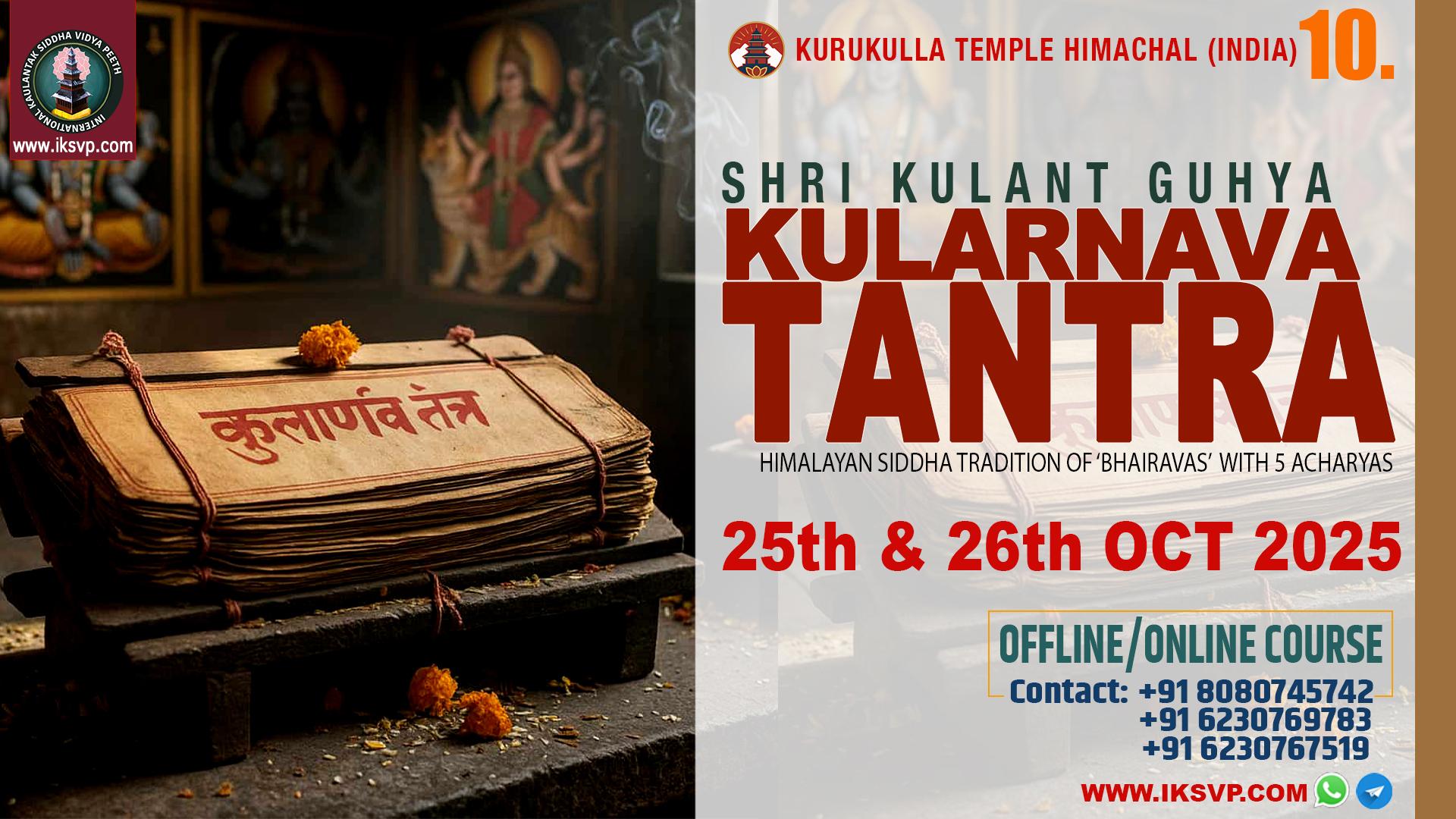International Kaulantak Siddha Vidya Peeth is proud to announce a two-day advanced spiritual sādhana dedicated to Matrika Bhairav, to be conducted on 29th and 30th November 2025.
Matrika Bhairav is one of the most revered deities in the Tantrik tradition of Himalayan Siddha Dharma. Within the vast Himalayan spiritual lineage, Matrika Bhairav is worshipped as a powerful form of Bhagwan Swacchanda Bhairav Shiva.
He is the embodiment of all mantras and varṇa-mātrikās, the subtle seed sounds (need mantras) that constitute the cosmic vibrations of creation. These divine energies are said to reside in his vaksha sthal (chest region) — making him the divine repository and bestower of all mantra-siddhis.
Thus, Matrika Bhairav grants mastery and realization of all mantras — whether they belong to the Aghora, Vāma, Dakṣiṇa, Vaidika, or Avaidika traditions. His worship is essential for those who seek mantra perfection, spiritual strength, and divine realization.
In the ancient Kopokhoja tradition, the sacred origin of Himalayan Siddha Dharma, Matrika Bhairav has always been honored as the chief deity of Himalayan Shamanism. Himalayan shamans have performed this sādhana for countless generations to attain spiritual and shamanic powers, including the ability to heal, protect, and communicate with the forces of nature and the spirit realms.
Matrika Bhairav is worshipped in a unique wooden yantra form, symbolizing his cosmic presence. This yantra, resting on three legs, bears all the bīja mantras engraved upon his vaksha sthal (chest region), with the head placed at the top. This sacred form is revered as “Sarva Loka Rakṣaka Swaroop” — the Protector of All the Worlds.
As part of this sādhana, practitioners will not only worship Matrika Bhairav but also create and consecrate this powerful yantra, invoking his divine presence into the sacred geometry of the form.
Another highly revered aspect of Matrika Bhairav is the Paap Mochak Swaroop, the divine form that liberates a being from even the gravest sins of existence — including Brahmahatyā. Through deep devotion and correct performance of the sādhana, the practitioner attains purification, liberation, and divine grace.
This Matrika Bhairav Sādhana is a highly advanced and profound Tantrik spiritual practice, traditionally kept secret and accessible only to initiates of the Himalayan Siddha lineage. It grants the practitioner the siddhis (spiritual powers) associated with the most esoteric and potent vidyās (spiritual sciences) of the universe — which are otherwise nearly impossible to attain.
Performing this sādhana under proper guidance accelerates the sādhak’s spiritual evolution, enhances inner strength, and deepens the connection with the divine forces of mantra and shakti. It is an opportunity for sincere practitioners to transcend limitations and experience the higher states of consciousness that lead to ultimate realization.
For every spiritual aspirant walking the path of mantra, tantra, or shamanic sādhanā, Matrika Bhairav is the key to unlocking the infinite power of sound and vibration. By embodying the essence of all mantras, he is the source from which all divine energies emerge.
To worship him is to worship the very foundation of spiritual creation.
Hence, this two-day course becomes a rare and precious opportunity for practitioners to strengthen their spiritual practice, gain clarity, and awaken latent siddhis under the guidance of the Himalayan Siddha lineage.
To obtain in depth knowledge about Matrika bhairava, the siddhapedia article is a must read which will be uploaded in a few days.
#matrikabhairava #Matrika #ashtamatrika #bhairav #HimalayanDevaParamapara #SiddhaDharma #Siddhatradition #LordShiva #BhagwanShiv #Mahadev #SwachhandBhairav #kurukulla #Siddhapedia #kaulantakpeeth #kulantpeeth #Ishaputra #MahasiddhaIshaputra #MahayogiSatyendraNath #Meditation #sanatandharma #HimalayanSiddhas #Hindu #Adhyaatma #himalayangod #iksvp #scrolllink
Matrika Bhairav is one of the most revered deities in the Tantrik tradition of Himalayan Siddha Dharma. Within the vast Himalayan spiritual lineage, Matrika Bhairav is worshipped as a powerful form of Bhagwan Swacchanda Bhairav Shiva.
He is the embodiment of all mantras and varṇa-mātrikās, the subtle seed sounds (need mantras) that constitute the cosmic vibrations of creation. These divine energies are said to reside in his vaksha sthal (chest region) — making him the divine repository and bestower of all mantra-siddhis.
Thus, Matrika Bhairav grants mastery and realization of all mantras — whether they belong to the Aghora, Vāma, Dakṣiṇa, Vaidika, or Avaidika traditions. His worship is essential for those who seek mantra perfection, spiritual strength, and divine realization.
In the ancient Kopokhoja tradition, the sacred origin of Himalayan Siddha Dharma, Matrika Bhairav has always been honored as the chief deity of Himalayan Shamanism. Himalayan shamans have performed this sādhana for countless generations to attain spiritual and shamanic powers, including the ability to heal, protect, and communicate with the forces of nature and the spirit realms.
Matrika Bhairav is worshipped in a unique wooden yantra form, symbolizing his cosmic presence. This yantra, resting on three legs, bears all the bīja mantras engraved upon his vaksha sthal (chest region), with the head placed at the top. This sacred form is revered as “Sarva Loka Rakṣaka Swaroop” — the Protector of All the Worlds.
As part of this sādhana, practitioners will not only worship Matrika Bhairav but also create and consecrate this powerful yantra, invoking his divine presence into the sacred geometry of the form.
Another highly revered aspect of Matrika Bhairav is the Paap Mochak Swaroop, the divine form that liberates a being from even the gravest sins of existence — including Brahmahatyā. Through deep devotion and correct performance of the sādhana, the practitioner attains purification, liberation, and divine grace.
This Matrika Bhairav Sādhana is a highly advanced and profound Tantrik spiritual practice, traditionally kept secret and accessible only to initiates of the Himalayan Siddha lineage. It grants the practitioner the siddhis (spiritual powers) associated with the most esoteric and potent vidyās (spiritual sciences) of the universe — which are otherwise nearly impossible to attain.
Performing this sādhana under proper guidance accelerates the sādhak’s spiritual evolution, enhances inner strength, and deepens the connection with the divine forces of mantra and shakti. It is an opportunity for sincere practitioners to transcend limitations and experience the higher states of consciousness that lead to ultimate realization.
For every spiritual aspirant walking the path of mantra, tantra, or shamanic sādhanā, Matrika Bhairav is the key to unlocking the infinite power of sound and vibration. By embodying the essence of all mantras, he is the source from which all divine energies emerge.
To worship him is to worship the very foundation of spiritual creation.
Hence, this two-day course becomes a rare and precious opportunity for practitioners to strengthen their spiritual practice, gain clarity, and awaken latent siddhis under the guidance of the Himalayan Siddha lineage.
To obtain in depth knowledge about Matrika bhairava, the siddhapedia article is a must read which will be uploaded in a few days.
#matrikabhairava #Matrika #ashtamatrika #bhairav #HimalayanDevaParamapara #SiddhaDharma #Siddhatradition #LordShiva #BhagwanShiv #Mahadev #SwachhandBhairav #kurukulla #Siddhapedia #kaulantakpeeth #kulantpeeth #Ishaputra #MahasiddhaIshaputra #MahayogiSatyendraNath #Meditation #sanatandharma #HimalayanSiddhas #Hindu #Adhyaatma #himalayangod #iksvp #scrolllink
International Kaulantak Siddha Vidya Peeth is proud to announce a two-day advanced spiritual sādhana dedicated to Matrika Bhairav, to be conducted on 29th and 30th November 2025.
Matrika Bhairav is one of the most revered deities in the Tantrik tradition of Himalayan Siddha Dharma. Within the vast Himalayan spiritual lineage, Matrika Bhairav is worshipped as a powerful form of Bhagwan Swacchanda Bhairav Shiva.
He is the embodiment of all mantras and varṇa-mātrikās, the subtle seed sounds (need mantras) that constitute the cosmic vibrations of creation. These divine energies are said to reside in his vaksha sthal (chest region) — making him the divine repository and bestower of all mantra-siddhis.
Thus, Matrika Bhairav grants mastery and realization of all mantras — whether they belong to the Aghora, Vāma, Dakṣiṇa, Vaidika, or Avaidika traditions. His worship is essential for those who seek mantra perfection, spiritual strength, and divine realization.
In the ancient Kopokhoja tradition, the sacred origin of Himalayan Siddha Dharma, Matrika Bhairav has always been honored as the chief deity of Himalayan Shamanism. Himalayan shamans have performed this sādhana for countless generations to attain spiritual and shamanic powers, including the ability to heal, protect, and communicate with the forces of nature and the spirit realms.
Matrika Bhairav is worshipped in a unique wooden yantra form, symbolizing his cosmic presence. This yantra, resting on three legs, bears all the bīja mantras engraved upon his vaksha sthal (chest region), with the head placed at the top. This sacred form is revered as “Sarva Loka Rakṣaka Swaroop” — the Protector of All the Worlds.
As part of this sādhana, practitioners will not only worship Matrika Bhairav but also create and consecrate this powerful yantra, invoking his divine presence into the sacred geometry of the form.
Another highly revered aspect of Matrika Bhairav is the Paap Mochak Swaroop, the divine form that liberates a being from even the gravest sins of existence — including Brahmahatyā. Through deep devotion and correct performance of the sādhana, the practitioner attains purification, liberation, and divine grace.
This Matrika Bhairav Sādhana is a highly advanced and profound Tantrik spiritual practice, traditionally kept secret and accessible only to initiates of the Himalayan Siddha lineage. It grants the practitioner the siddhis (spiritual powers) associated with the most esoteric and potent vidyās (spiritual sciences) of the universe — which are otherwise nearly impossible to attain.
Performing this sādhana under proper guidance accelerates the sādhak’s spiritual evolution, enhances inner strength, and deepens the connection with the divine forces of mantra and shakti. It is an opportunity for sincere practitioners to transcend limitations and experience the higher states of consciousness that lead to ultimate realization.
For every spiritual aspirant walking the path of mantra, tantra, or shamanic sādhanā, Matrika Bhairav is the key to unlocking the infinite power of sound and vibration. By embodying the essence of all mantras, he is the source from which all divine energies emerge.
To worship him is to worship the very foundation of spiritual creation.
Hence, this two-day course becomes a rare and precious opportunity for practitioners to strengthen their spiritual practice, gain clarity, and awaken latent siddhis under the guidance of the Himalayan Siddha lineage.
To obtain in depth knowledge about Matrika bhairava, the siddhapedia article is a must read which will be uploaded in a few days.
#matrikabhairava #Matrika #ashtamatrika #bhairav #HimalayanDevaParamapara #SiddhaDharma #Siddhatradition #LordShiva #BhagwanShiv #Mahadev #SwachhandBhairav #kurukulla #Siddhapedia #kaulantakpeeth #kulantpeeth #Ishaputra #MahasiddhaIshaputra #MahayogiSatyendraNath #Meditation #sanatandharma #HimalayanSiddhas #Hindu #Adhyaatma #himalayangod #iksvp #scrolllink











